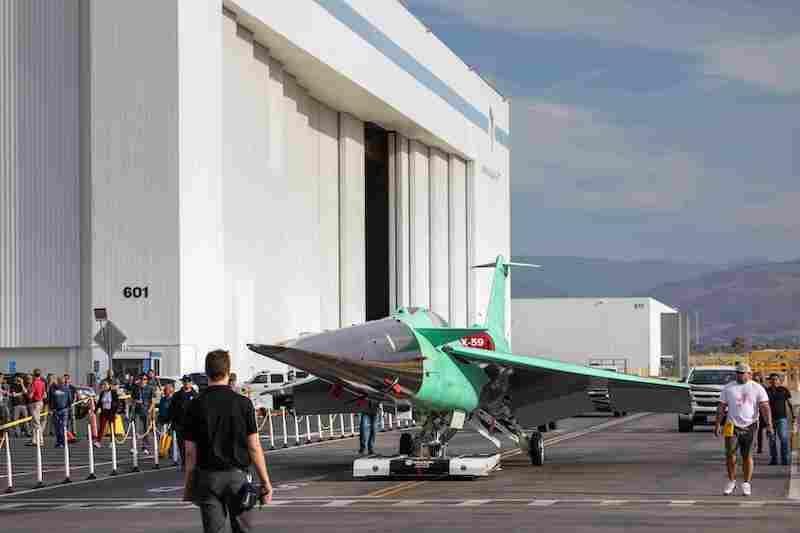
Credit: NASA
NASA has pushed back the first flight of the X-59 low-boom supersonic demonstrator to 2024 after a series of subsystem issues encountered during check-out tests at Lockheed Martin’s Skunk Works facility in Palmdale, California, late this summer proved harder to solve than expected. “We want to fly...
Subscription Required
This content requires a subscription to one of the Aviation Week Intelligence Network (AWIN) bundles.
Schedule a demo today to find out how you can access this content and similar content related to your area of the global aviation industry.
Already an AWIN subscriber? Login
Did you know? Aviation Week has won top honors multiple times in the Jesse H. Neal National Business Journalism Awards, the business-to-business media equivalent of the Pulitzer Prizes.





